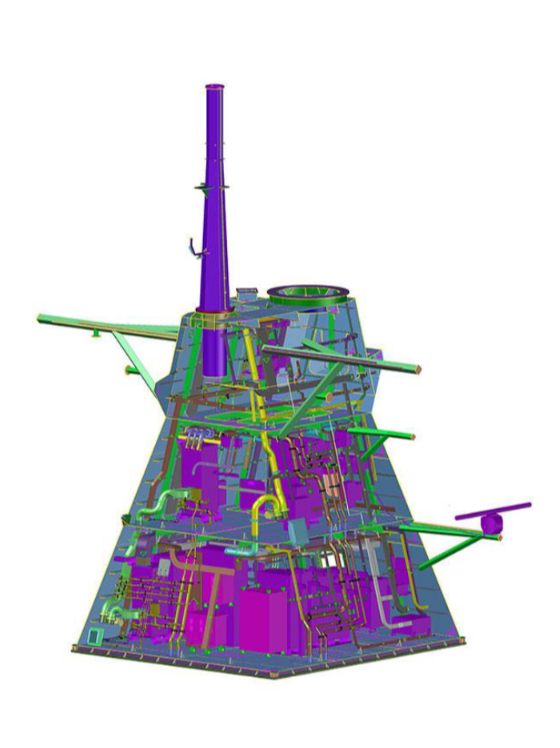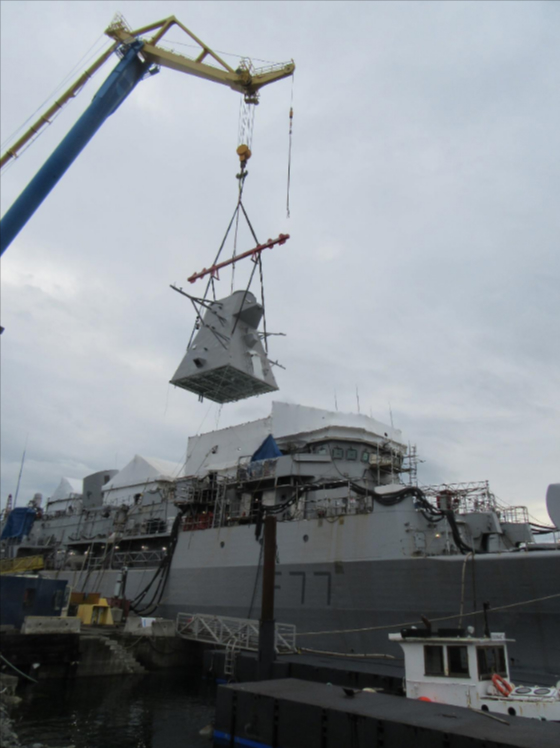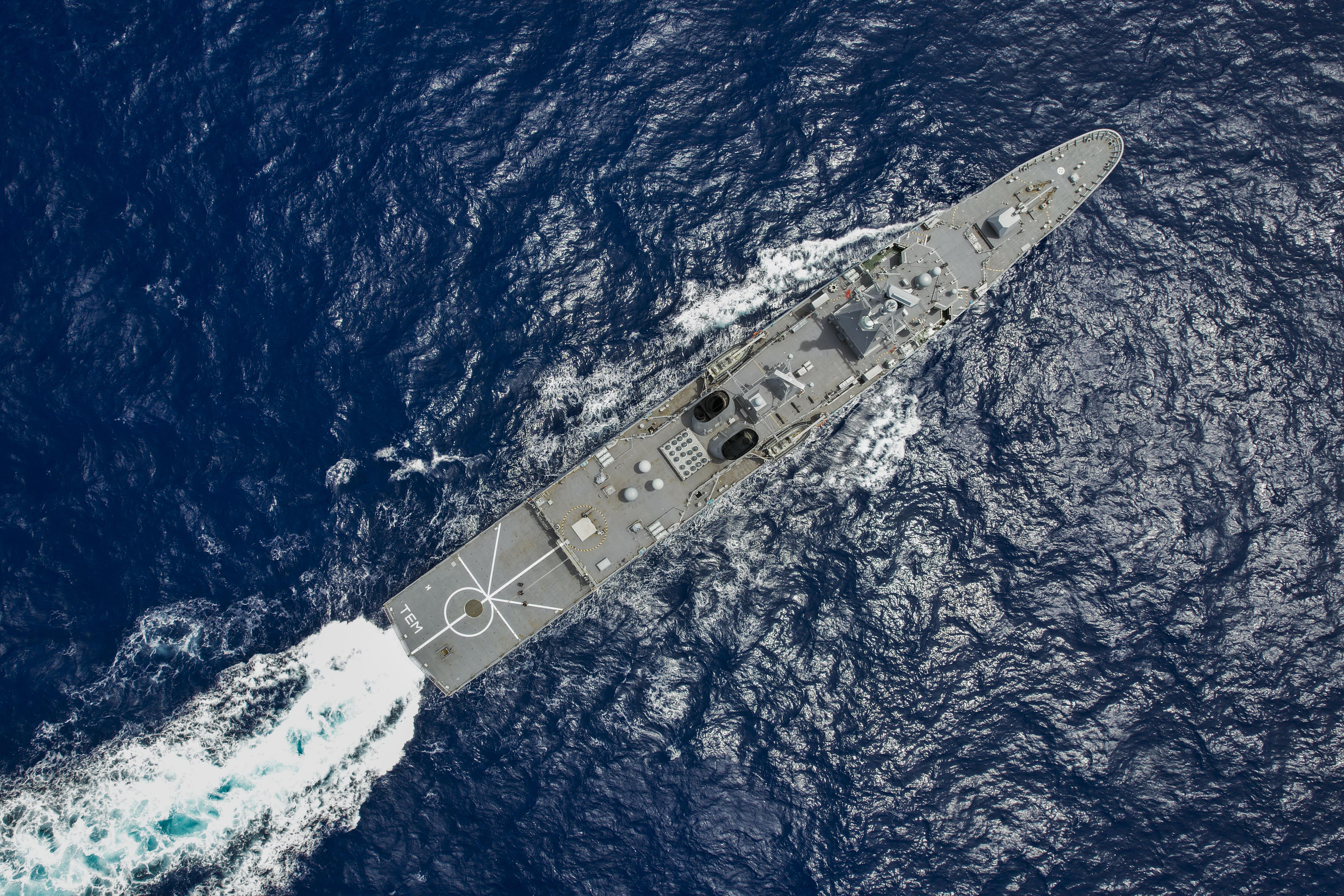The FSU Project has increased the ships’ combat capability and utility commensurate with the modern threat environment. To an observer, the most noticeable element of the FSU solution will be the replacement of the former forward and aft masts on the ANZAC Class frigates, which now support many of the new sensors.
AMT is proud to have been a key design and integration partner for the FSU Project from its beginning. AMT worked closely with the New Zealand MoD Project Team to develop and de-risk the initial ideas on acquisition and integration approaches and on concept designs. This role then developed through AMT working as part of the Crown Team to develop the selected Concept design through to the Preliminary Design stage.

After the completion of the Preliminary Design in 2015, AMT was then contracted by the Prime Contractor (Lockheed Martin Canada) to undertake the detailed design for the complete FSU ship integration.
During the detail design AMT worked closely with the implementation shipyard in Canada to ensure that the level of detail produced in the design package was optimised and focussed on that necessary to support the production process and build process, while minimising the time required to install the FSU solution. CDR for the lead ship was successfully completed in early May 2017 with Prefabrication in Victoria Shipyard in Canada commencing in late 2017.



AMT provided design personnel on-site during the production period, to support and assist the shipyard. Although work was impacted by COVID, the first vessel HMNZS Te Kaha left Canada in late 2020. The second vessel HMNZS Te Mana left Canada on 31 May 2022 following completion of final testing and trials of new systems and equipment. The upgraded vessels now provide a substantial capability improvement to the RNZN and they have been welcomed back into full service to provide the core naval combat capability for NZ for the foreseeable future. AMT takes great pride in its whole of ship designer role through the entirety of this successful Program.


Share Article


